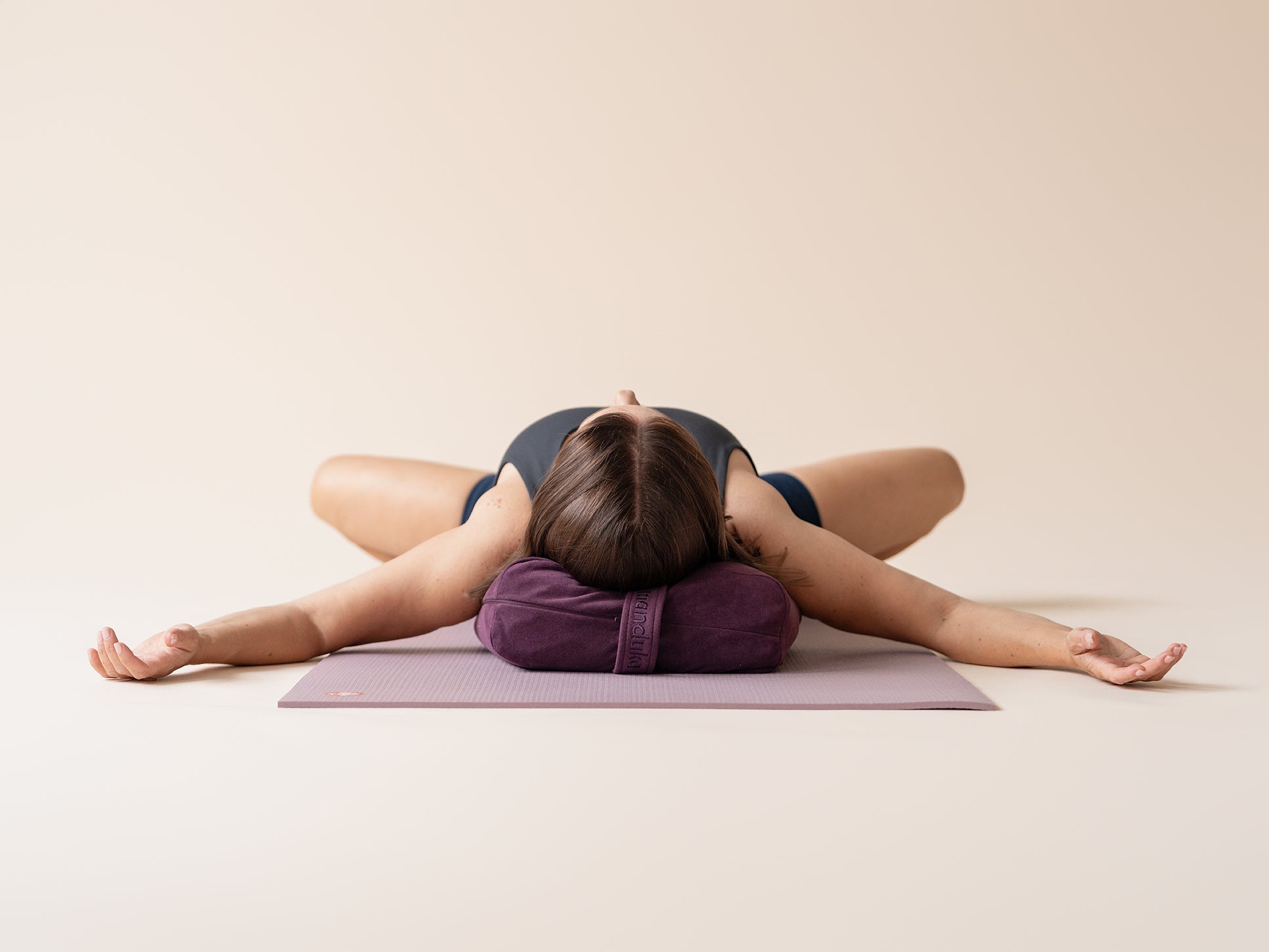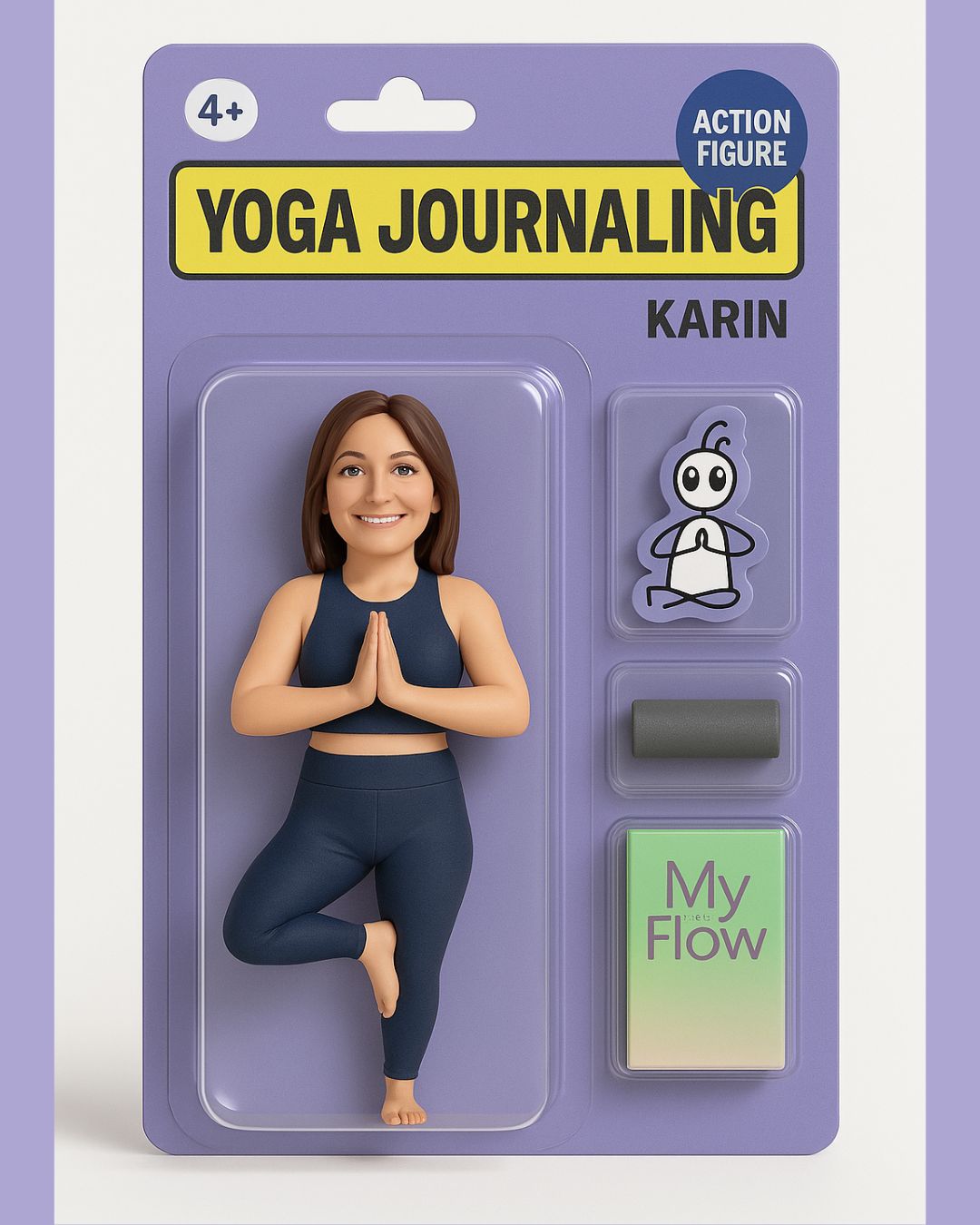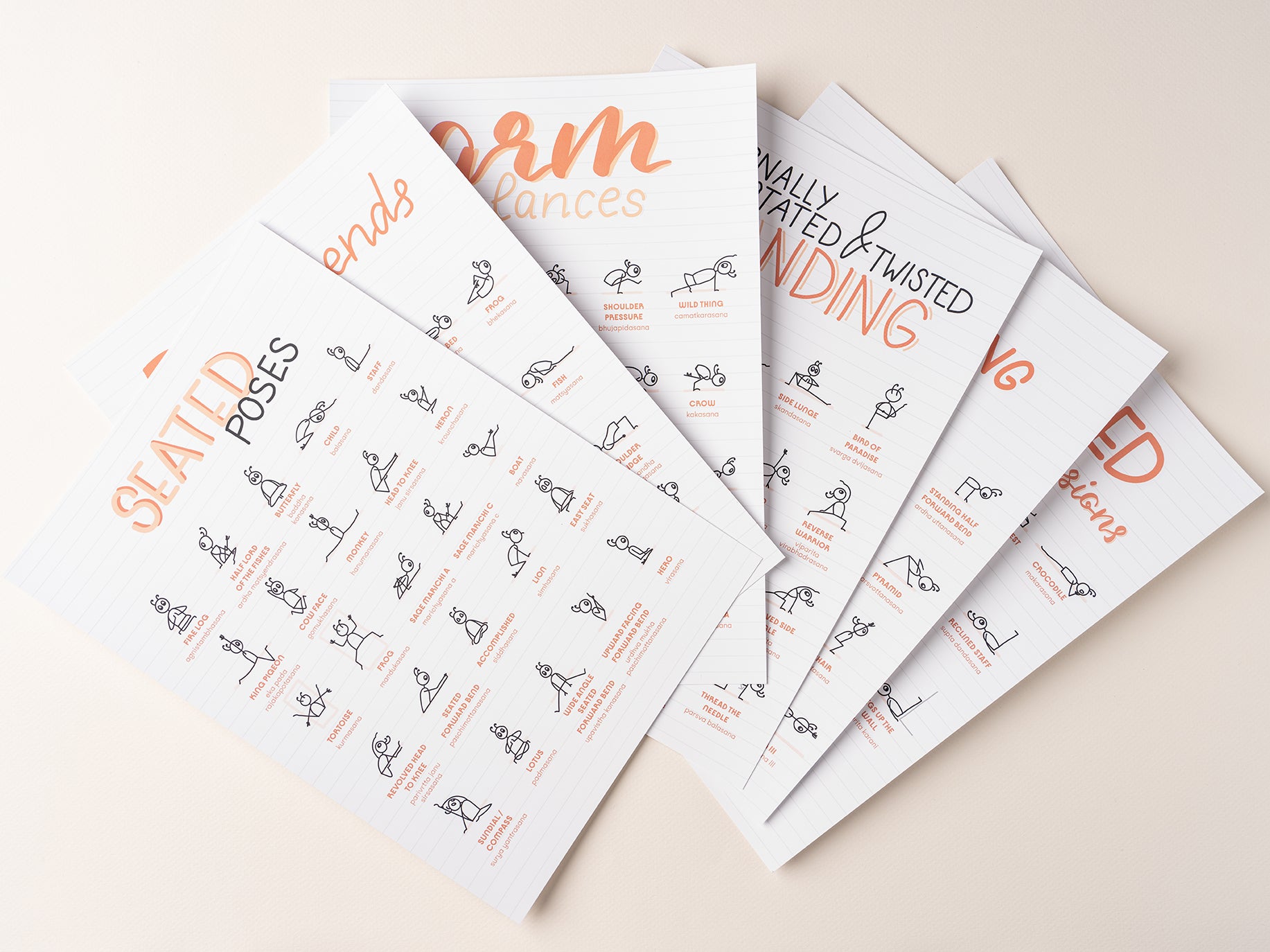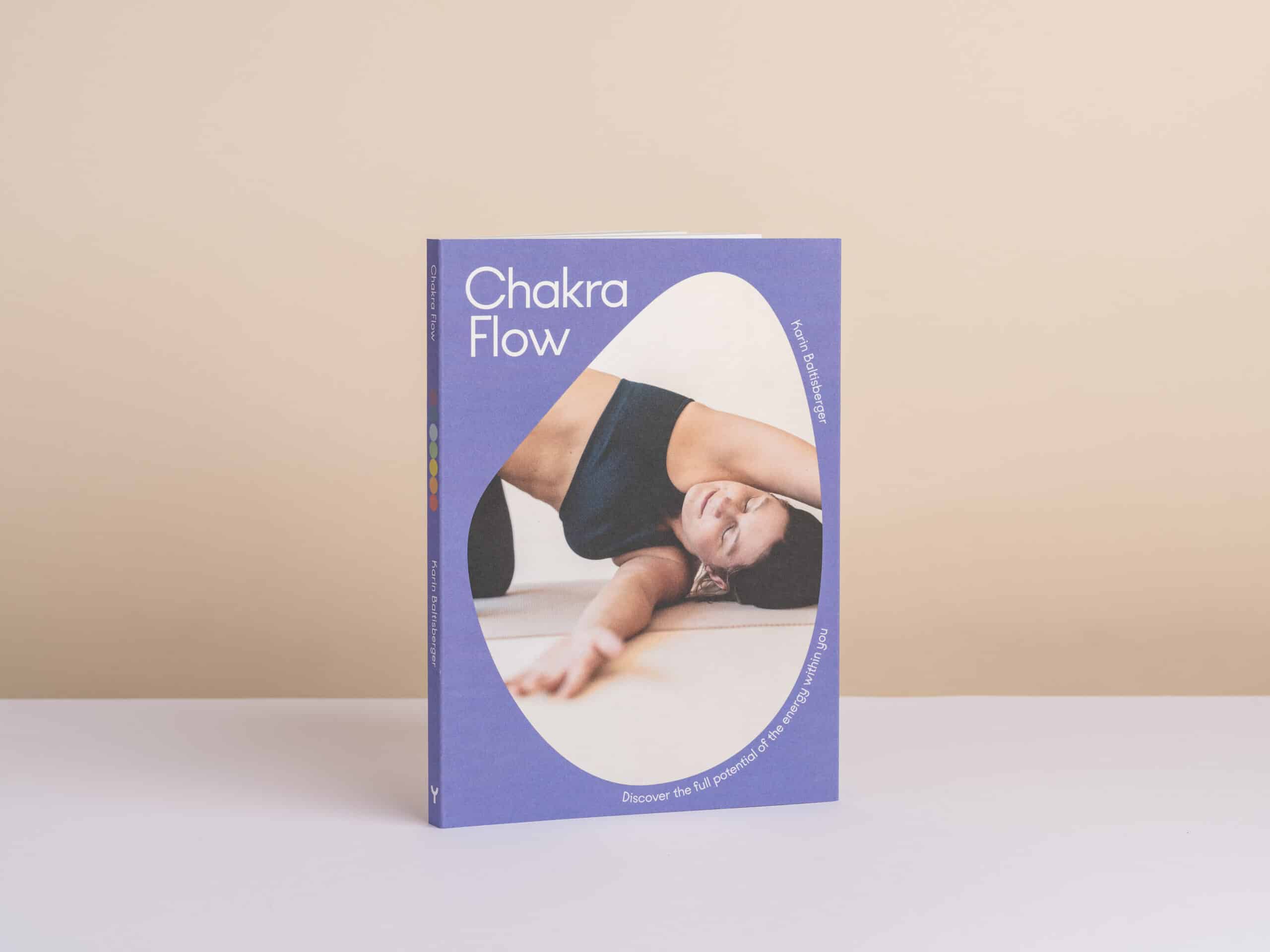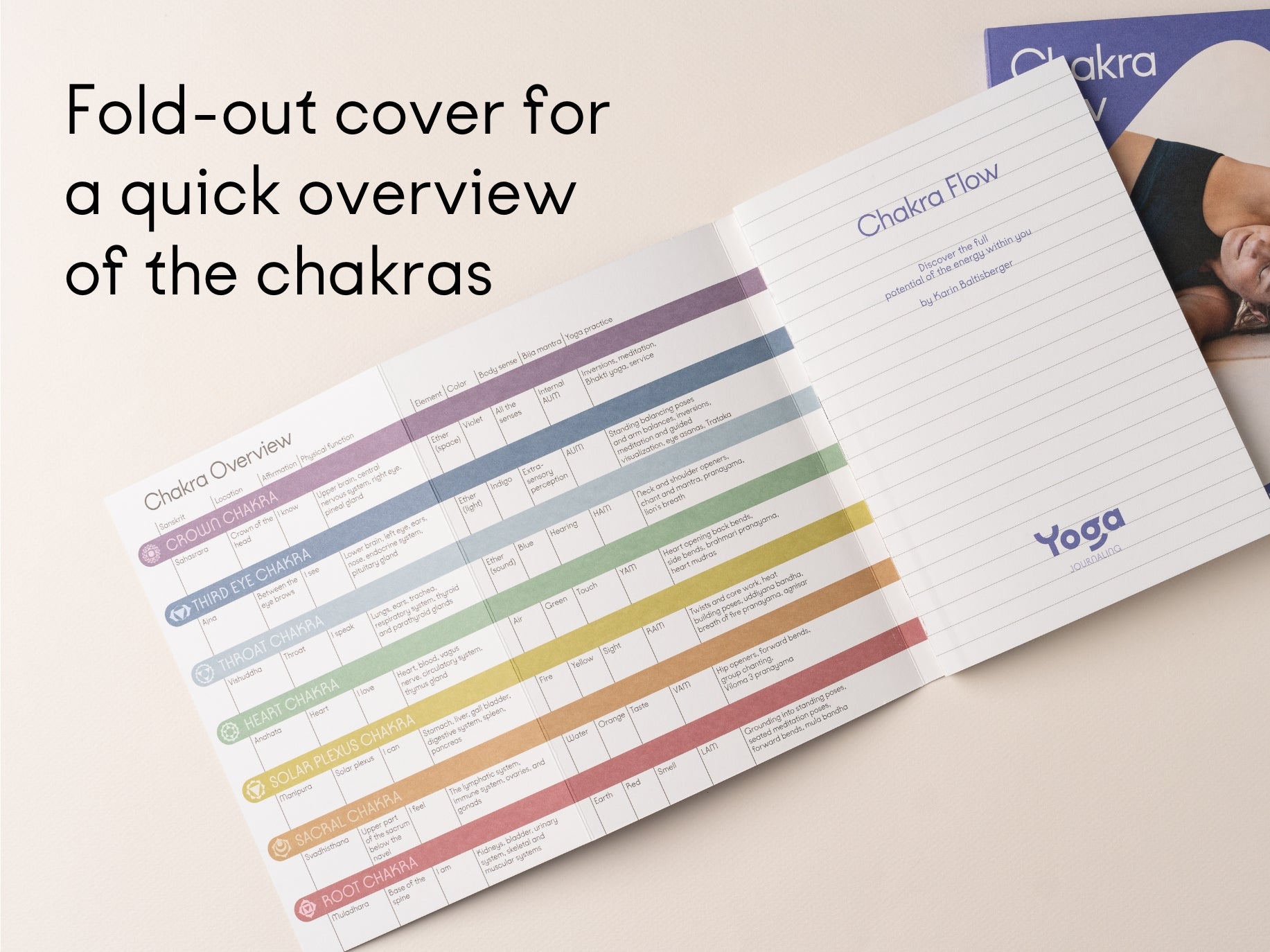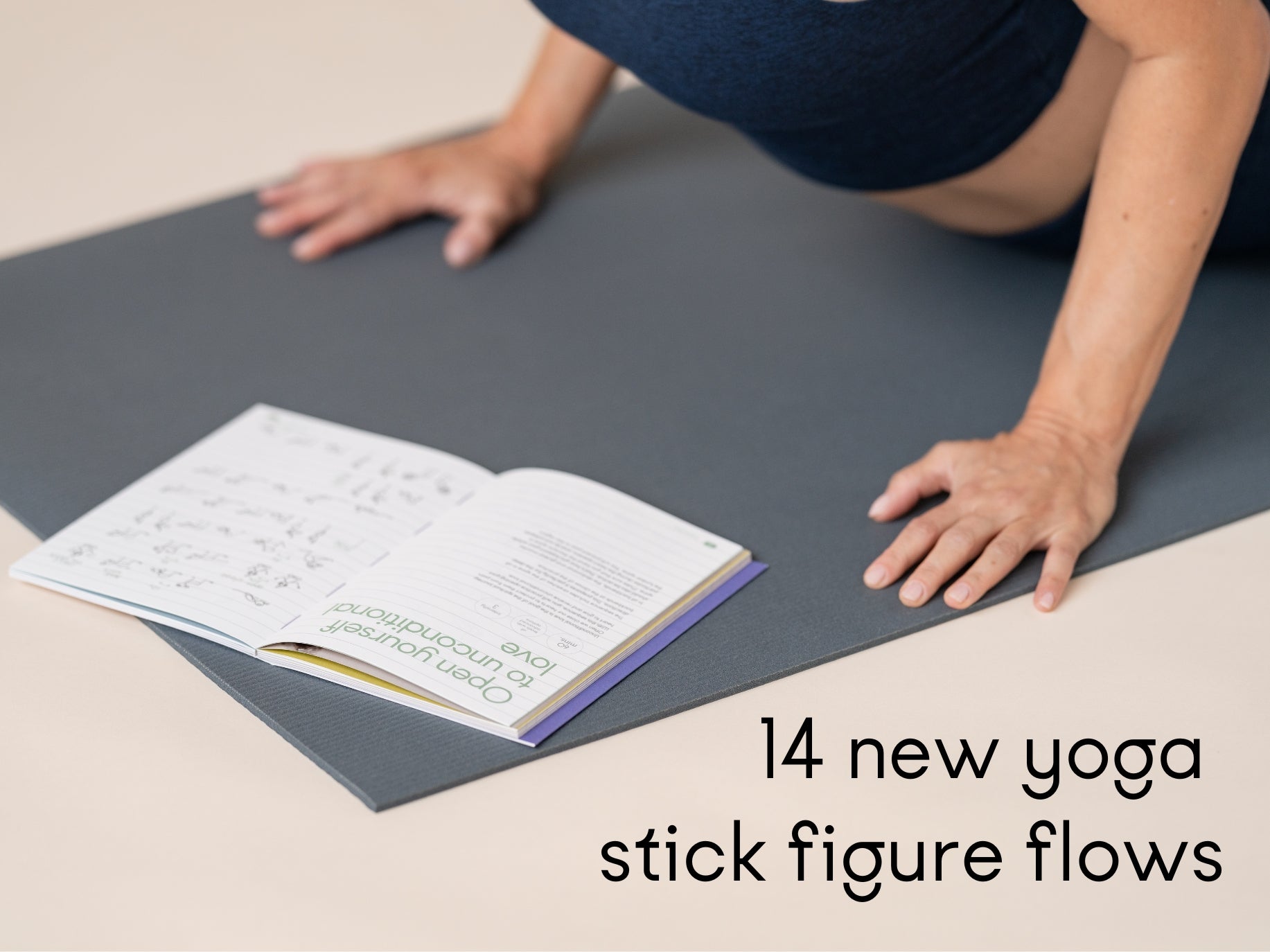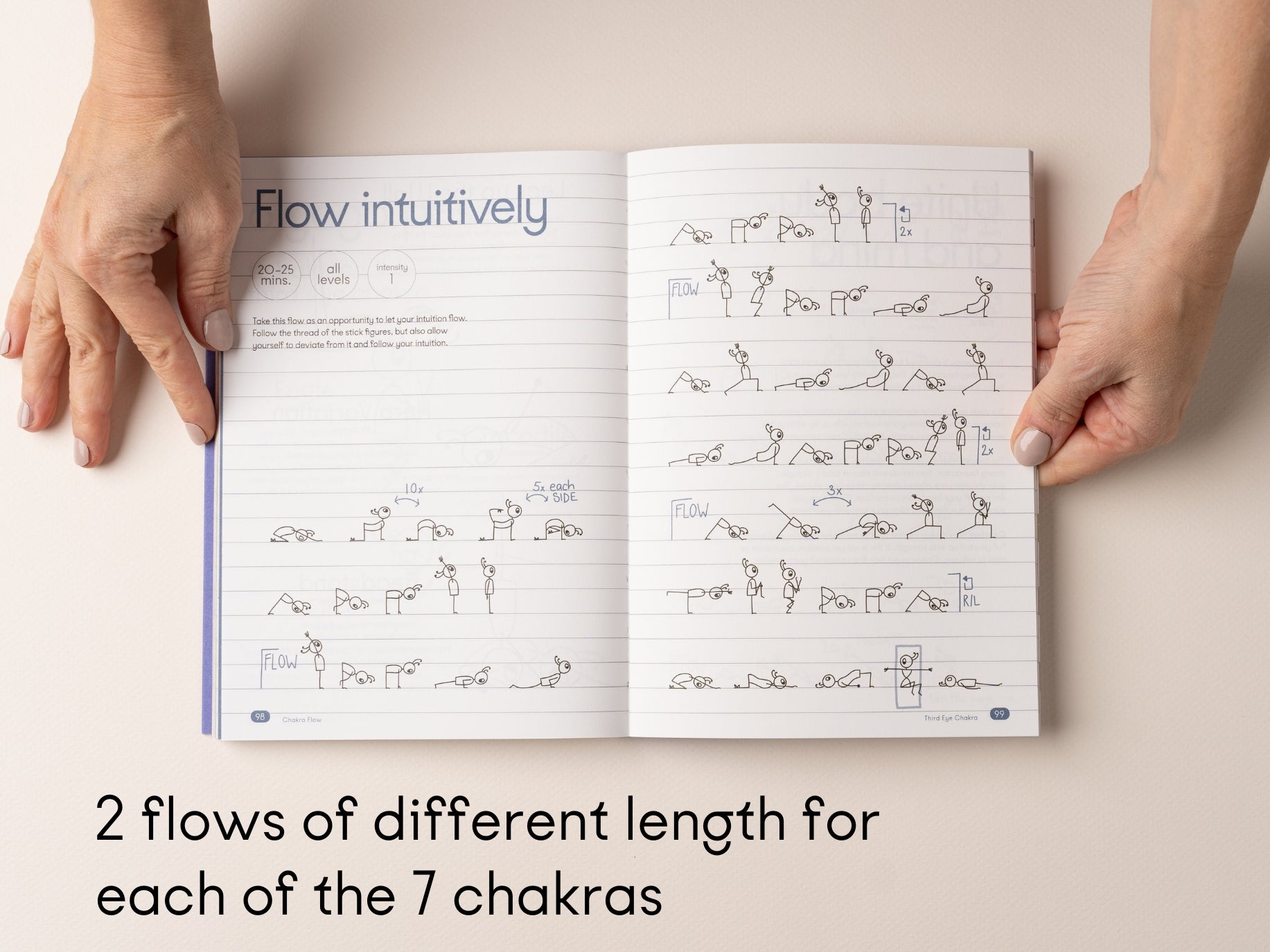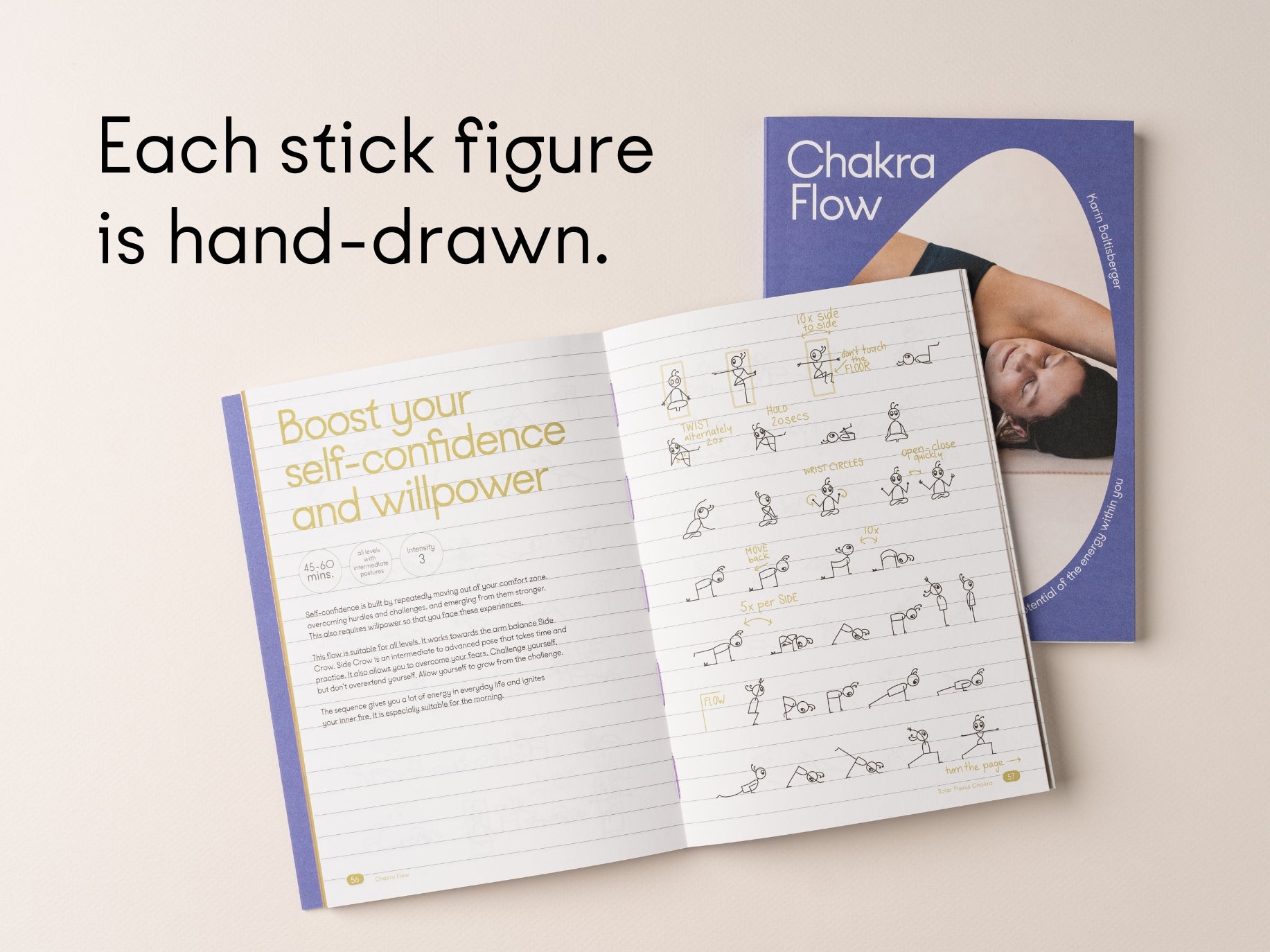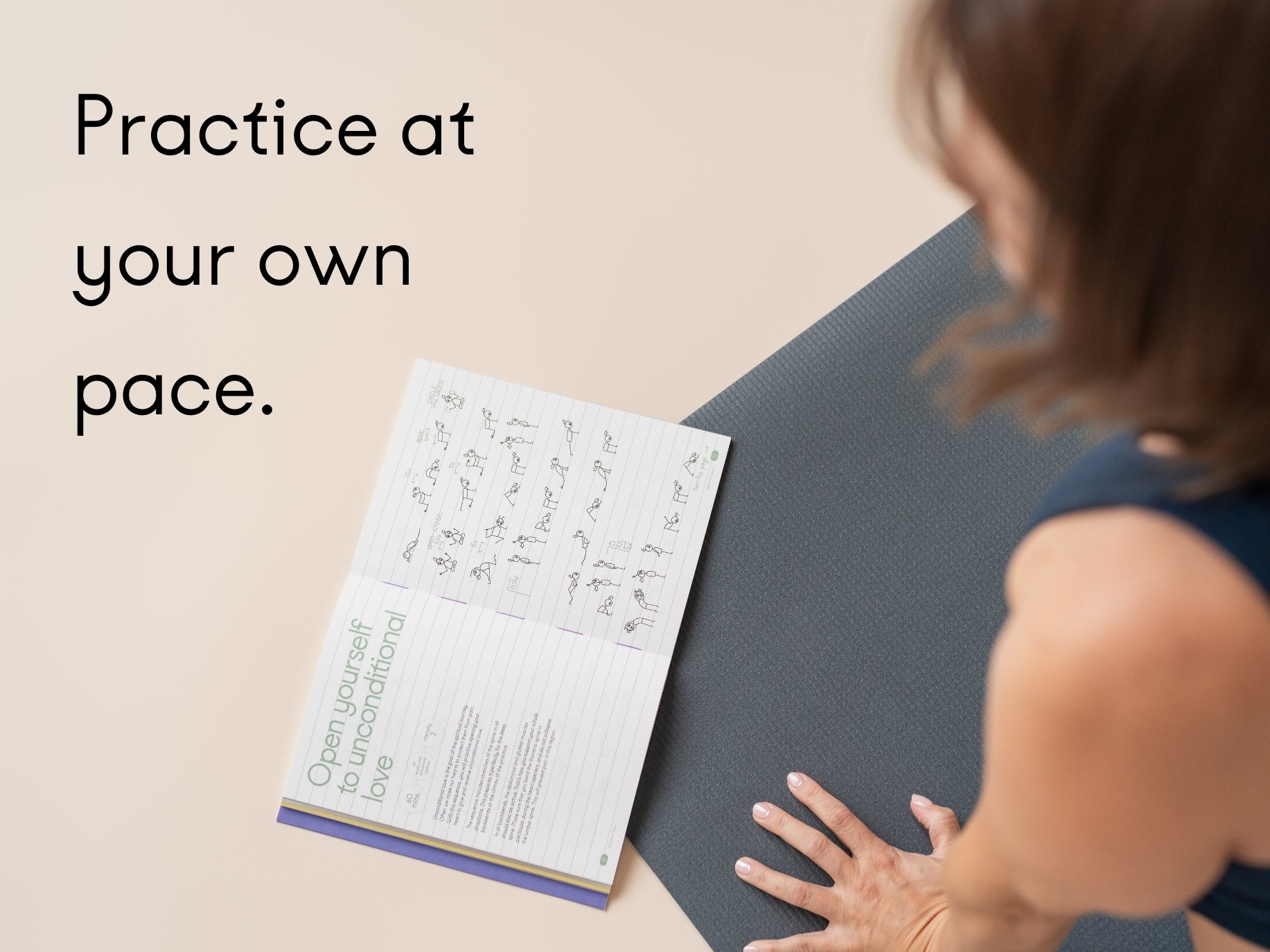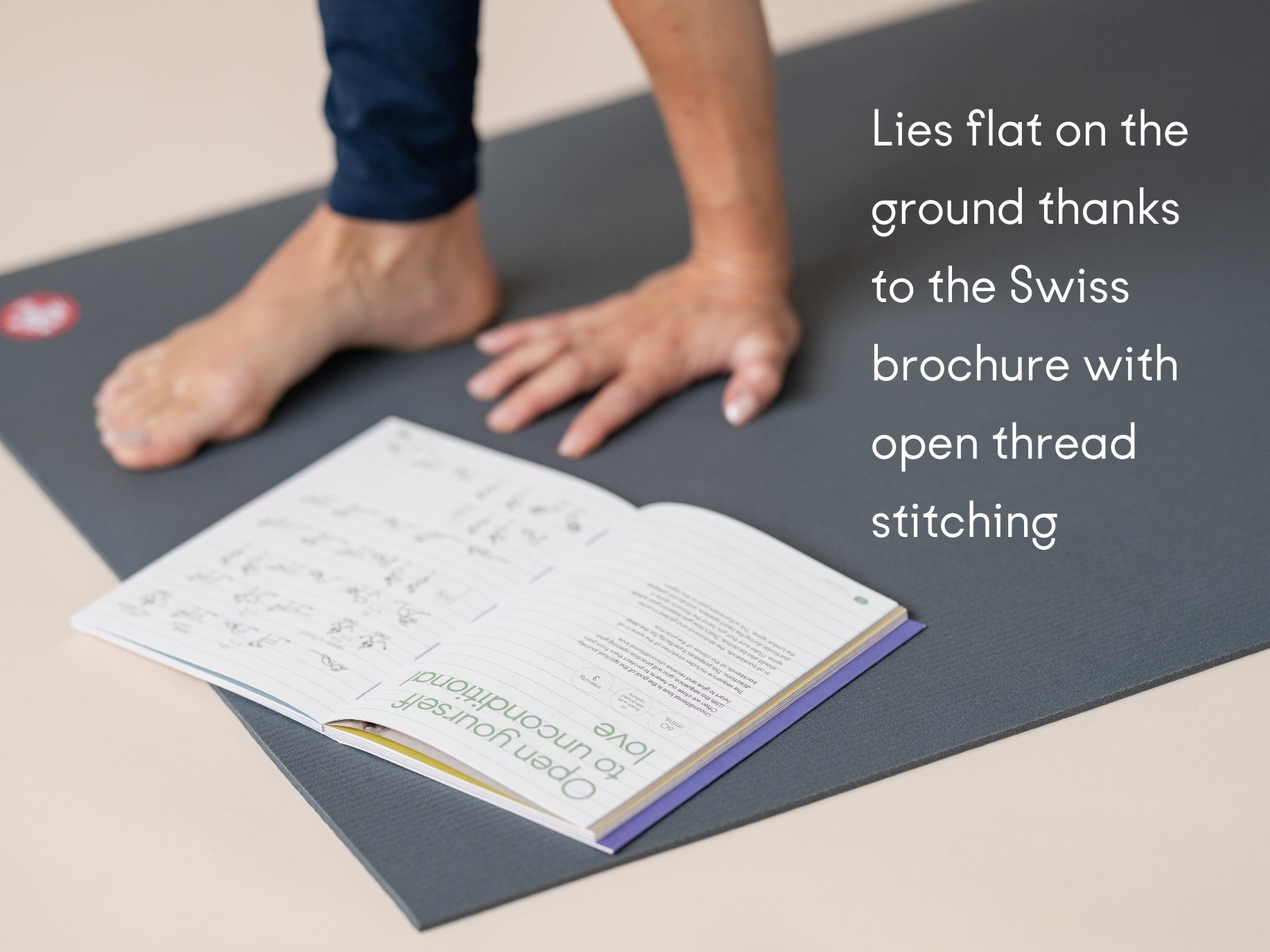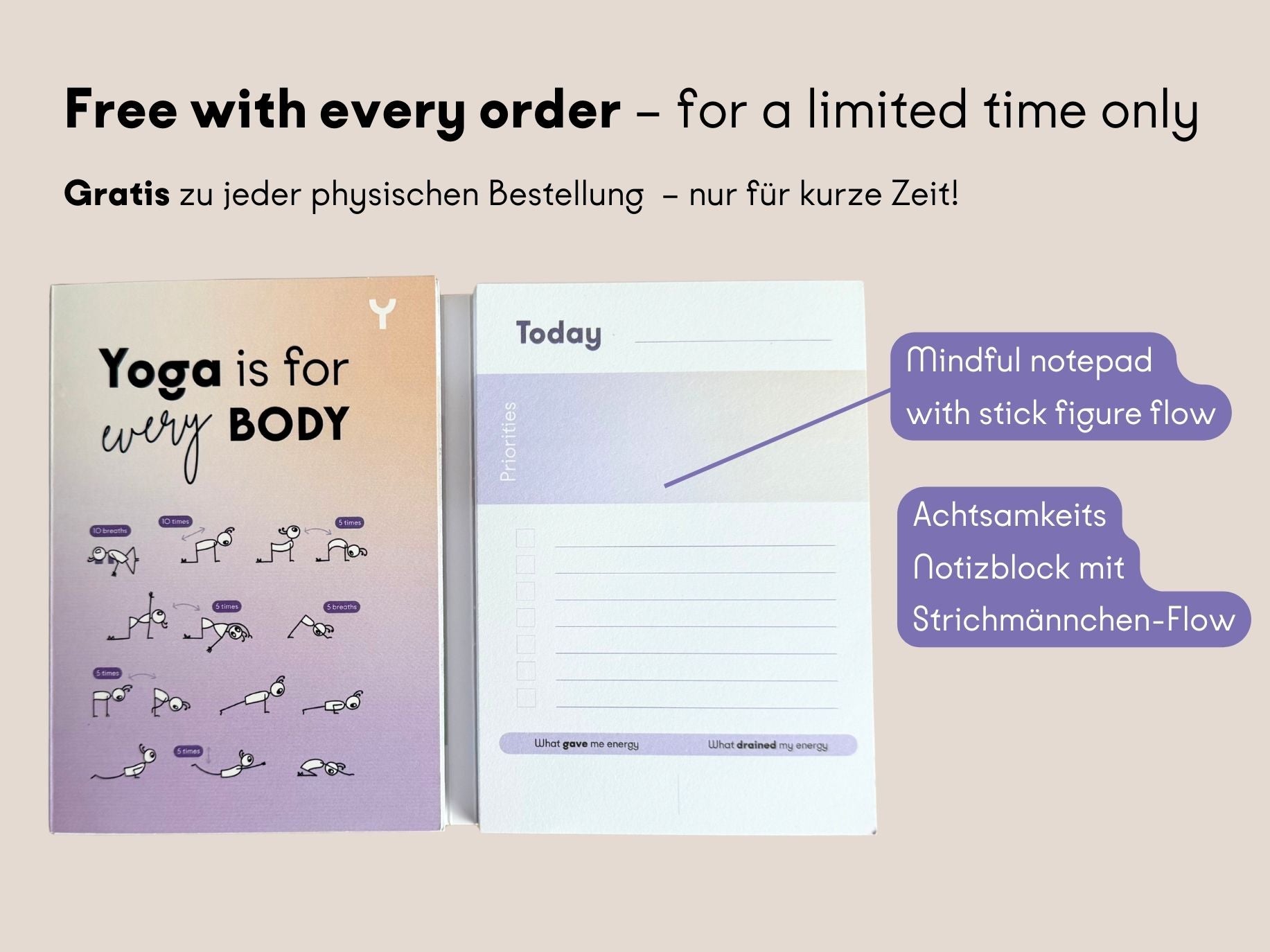As a yoga teacher, maintaining the freshness and appeal of your classes is crucial for student retention and engagement. Keeping your classes dynamic not only benefits your students but also invigorates your own passion for teaching. Here are several strategies to help you keep your yoga classes fresh and interesting.
1. Continual Learning and Professional Development
Investing in your education is key to bringing new insights and techniques into your classes. Attend workshops, trainings, and retreats to learn from other experienced teachers. Online courses and webinars can also provide fresh ideas and inspiration. Read books to deepen your knowledge and understanding about yoga.
Here are two books from my shop that help you grow your teachings skills:
2. Incorporate Varied Themes
Each class can focus on a different theme to keep things interesting. Themes can range from physical focuses, such as backbends or hip openers, to more philosophical ones like the yamas and niyamas. Seasonal themes or those based on chakras and elements can also add variety.
These books from my shop contains yoga philosophy you can use as themes for your classes:
- Yoga Journaling Notebook (contains the 8-fold path by Patanjali also known as the yoga sutras)
- Chakra Flow (contains comprehensible information about the 7 chakras and the energy system of the body as well as 14 stick figure flows)
3. Innovative Sequencing
Try creating unique sequences that challenge your students and keep them engaged. Incorporate new poses or variations to keep them excited about what’s coming next. Play with the pacing, perhaps starting with a slow, meditative sequence and building up to a more vigorous flow.
To create new, exciting sequences, you also have to try things out. With the following tools, you can playfully put together yoga sequences - quickly and easily:
4. Use of Props and Tools
Integrating props like blocks, straps, and bolsters can provide new ways to explore familiar poses and make your classes more accessible. Consider also using tools such as yoga wheels or resistance bands to introduce novel elements into your practice.
You can also enhance your students' experience by giving them your own flow drawn with stick figures so they can copy your flow at home. Can't draw? No problem, try the Asana Stickers!
5. Incorporate Different Styles
Mixing different yoga styles can refresh your classes. For instance, combining elements of Hatha and Vinyasa, or introducing Yin or Restorative practices, can offer a new experience. Each style has unique benefits and appeals to different aspects of your students' practice.
Simply put your yin yoga flows together with the following tools:
6. Music and Sound
Music can greatly influence the energy of a class. Curate playlists that match the flow of your sequences, or use live music or singing bowls for a more immersive experience. Experiment with different genres and tempos to see what resonates with your students.
7. Mindfulness and Meditation
Incorporate mindfulness practices and guided meditations to deepen your students’ experience. Start or end classes with short meditations, breathwork exercises, or body scans. These practices can provide a new dimension to their practice and help them connect more deeply.
8. Guest Teachers and Collaborative Classes
Invite guest teachers to your studio to bring fresh perspectives and techniques. Collaborative classes, where you co-teach with another instructor, can also provide a dynamic and exciting experience for your students.
9. Student Feedback
Regularly solicit feedback from your students. Understand what they enjoy, what challenges them, and what they wish to see more of in your classes. This will not only make them feel valued but also provide you with practical insights to enhance your teaching.
10. Personal Practice
Maintain a strong personal practice. The more you explore and grow in your own practice, the more you can bring back to your students. Your personal evolution as a yogi will naturally infuse your teaching with authenticity and creativity.
You can find ideas for your self-practice in my books:
11. Storytelling and Philosophy
Integrate storytelling or yoga philosophy into your classes. Share anecdotes, mythological stories, or teachings from yoga texts that relate to the theme of your class. This can provide a deeper context and make the practice more meaningful for your students.
12. Creating a Safe and Inclusive Space
Ensure that your class environment is welcoming and inclusive. Encourage a sense of community by fostering connections among students. A supportive and friendly atmosphere can make every class feel special and inviting.


